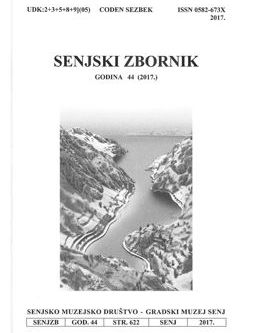Author(s): Lamzira KOBAİDZE / Language(s): English
Issue: 48/2020
Akaki Shanidze discusses the category of causation in the old Georgian in its third volume of his works; He considers the causation morphosyntax number in the context of the morphological category and names it as “Contact” (he did not apply the term “Causation”). As for direct contact he discusses it as a non-causative formation, while intermediary causation is the causative one, when in the act there are two objects one verbal (VS-K) and another real (RS – Э) or a Causator and an Executor. As for the function, there is a great difference, the form of a direct contact means one actor, which is known as a subject and it acts directly with a direct objective person (or a direct object). Intermediary contact means two actors, one is a leader (or an organizer), and the second is an implementer (an executor). The leader is a subject, while the direct implementer (an executor) is an indirect object. According to the study by Akaki Shanidze there are some questions raised regarding the causation morpho-syntactic peculiarities in the Old Georgian language. Based on the study, it seems that the intermediary contact (or causation) is linked with the transitiveness. There is one form (of a transitive verb), which can express transitiveness and at the same time express causation. Though Ak. Shanidze did not formulate it this way. He did not discuss the causation in reference with other Caucasian languages. Regardless we can find the answer regarding identity in terms of form and bi-functional causation in it. The languages of the northern Caucasus have no transition and causation, they express them by the same form. It refers to the objective conjugation which is performed based on class and the verb expresses transition by means of a direct object marking, it does not require to express transition separately; while in Georgian, transition has no mark, while availability of a direct object is important for the transition, the objective conjugation marks, the verbs of an objective conjugations are remained, like I “g-a-k-eb” (გაქებ - praise) you, where the priority is an object and regardless Georgian is the language expressing the personal conjugation, this is the pattern of the class conjugation, remained in Georgian, which was characterized as a class conjugation language before divergence from Kartvelian languages, later on it became class-person and finally person conjugation one by the influence of other systems of languages having the person conjugation.
More...
